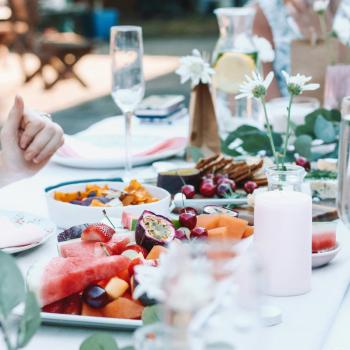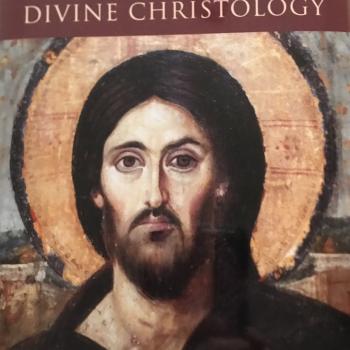.jpg) By Rashi Kesarwani
By Rashi Kesarwani
"In Iran, we don't have homosexuals like in your country." The infamous line, spoken by Iranian President Mahmoud Ahmadinejad during his speech at Columbia University in the fall of 2007, was laughed off by the audience. Yet Ahmadinejad's assertion underscores the poignancy of Parvez Sharma's new documentary A Jihad for Love.
The documentary film chronicles the travails of thirteen gay Muslims across seven countries--including Iran, where gay people not only exist but face severe punishment, even execution, for homosexual conduct. The struggles of gay and lesbian Muslims to reconcile their faith with their sexuality, often in places where the basic human right of sexual expression is under attack, gives new meaning to the "personal struggle" that is at the heart of the Islamic concept of jihad.
"In all of the different schools of jurisprudence within Islam, the word jihad--the greater jihad--is one of personal struggle...for the betterment of society and certainly for the betterment of [a] person," explains Sharma, who is Muslim."After September 11, though...the word has been misused by extremists within Islam, and that misuse has found a mirror in how...Western governments or the media in the West portrays Islam."
Although Sharma identifies himself as both gay and Muslim, he says his secular upbringing in India shielded him from a potential conflict between his sexuality and his religion, which regards homosexuality as sinful. It was after September 11 that Sharma felt compelled to "come out" as a Muslim in the US." A lot of the discourses around Islam were extremely problematic, were divisive and were talking about the religion from a framework that was certainly not acceptable to me," he explained. This frustration led to A Jihad for Love, which presented an opportunity to tell the "story of Islam through its most unlikely storytellers...gay and lesbian Muslims."
Related Reading:
Homosexuality and same-sex marriage in Islam
Why the same-sex marriage debate still matters for Muslim Americans
A Conference report on Islam and homosexuality: Muslim perspectives
Gay Muslims find freedom, of a sort, in the U.S.
Sharma's documentary, six years in the making, is an odyssey through South Africa, Egypt, France, Iran, Turkey, India and Canada. But shooting the film was no easy task. Sharma was forced to employ guerilla filmmaking tactics in Islamic countries where he knew he would never be granted government permission for his taboo subject matter. "I would shoot touristy footage on the first fifteen minutes and the last fifteen minutes of a tape, hoping that if the tape was actually confiscated at customs...they would not find the key part of the interviews, because they would just scroll through the beginning or the end," Sharma says. Luckily, Sharma managed to extradite his footage, over 400 hours worth, to the United States, where he whittled the secret lives of his subjects down to an eighty-minute film.
The documentary's gay and lesbian storytellers take center stage at the outset, when two women, Maryam and Maza (whom we later learn are a lesbian couple), visit a mosque in Egypt. There is no voiceover narration, so typical of documentary films, to mediate this opening scene; instead, the viewer is thrust into the couple's uncertain world of shame and secrecy. Their obscured faces on camera serve as a visual reminder of their inability to publicly function as lesbians in a Muslim country. "There was a sense of danger--imminent danger--not only to them, but also to their families," Sharma explains.
Later in the film, these women are shown consulting a reference book on Islam, searching for clues to the religion's stance on lesbianism. Although male homosexuality is harshly condemned, for women "the only punishment is scolding," Maza reads. But Maryam's guilt is palpable: "I want to be punished," she responds.




